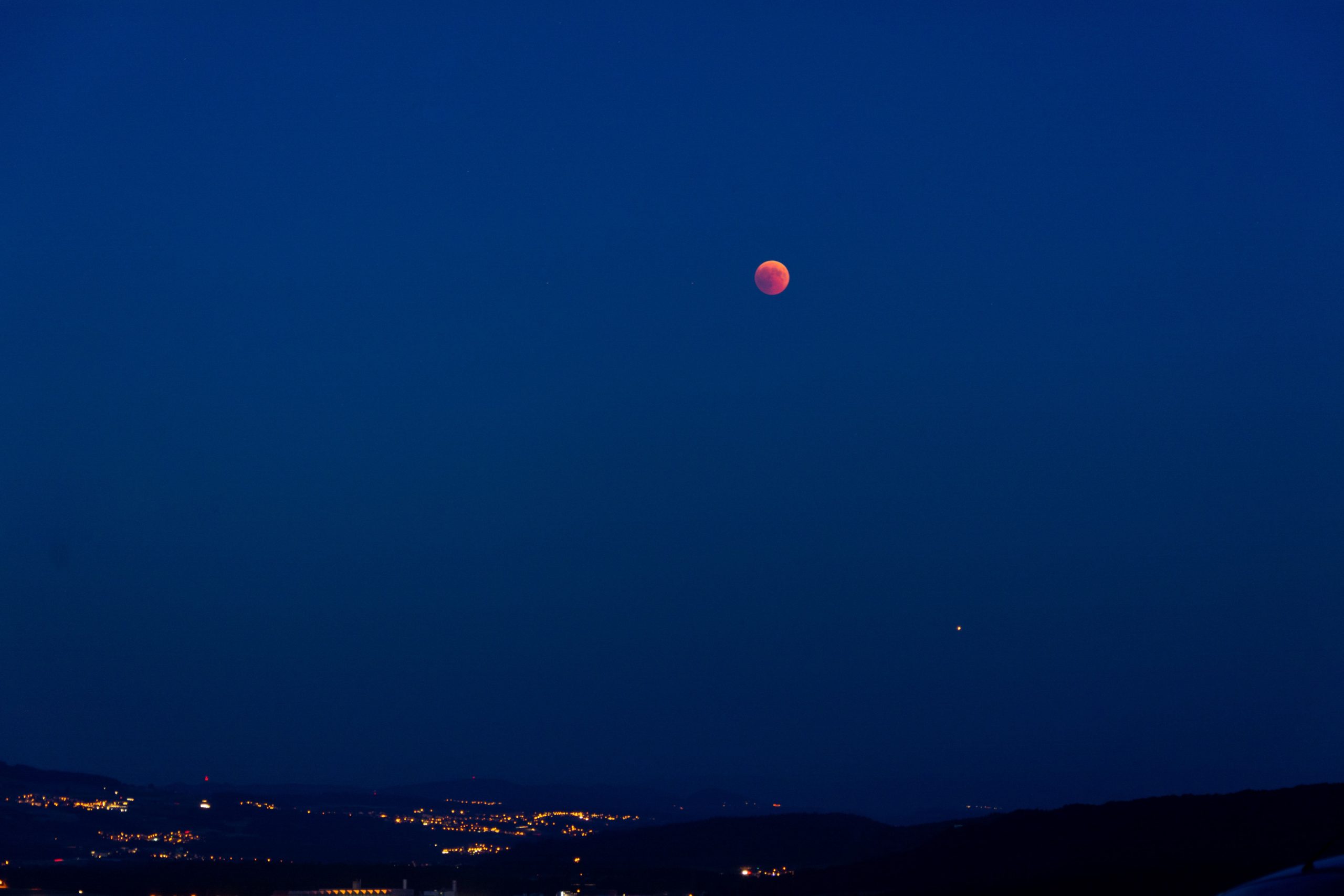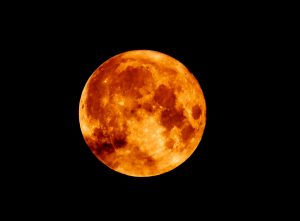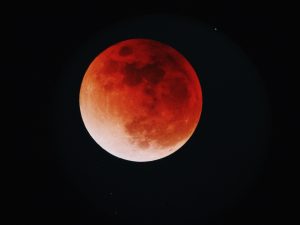A total lunar eclipse will occur on May 26. Not only is this the first one in 2021, but the eclipse, a supermoon and a blood moon will occur all at once, making it a supercelestial event.
The eclipse, however, will not be visible from most of the parts of India. It could be seen for a short span in northeastern India (except Sikkim), some parts of West Bengal, coastal parts of Odisha and Andaman and Nicobar Islands.
Also read: Major space events in the celestial calendar of 2021
According to the India Meteorological Department (IMD), the eclipse will be visible in the region covering South America, North America, Asia, Australia, Antarctica, the Pacific Ocean and the Indian Ocean, reported PTI.
“From India, just after moonrise, the ending of the partial phase of the eclipse will be visible for a short span of time from the northeastern parts (except Sikkim), some parts of West Bengal, some coastal parts of Odisha and Andaman and Nicobar Islands,” the Met Department said.
The partial phase will begin at 3.15 pm and end at 6.23 pm, while the total phase is from 4.39 pm to 4.58 pm.
It will be visible for the longest time, i.e. 45 minutes, from Port Blair. It will be seen from Odisha’s Puri and West Bengal’s Malda from 6.21 pm but can only be viewed for two minutes.
The next lunar eclipse will be visible from India on November 19 and will be a partial one.
Also read: Solar, Lunar eclipses in 2021: When and where to watch
Lunar eclipse occurs on a full moon day when the Earth comes in between the Sun and the Moon and when all the three objects are aligned. A total lunar eclipse will occur when the whole Moon comes under the umbral shadow of the Earth and the partial lunar eclipse occurs when only a part of the Moon comes under the umbral shadow of the Earth.







